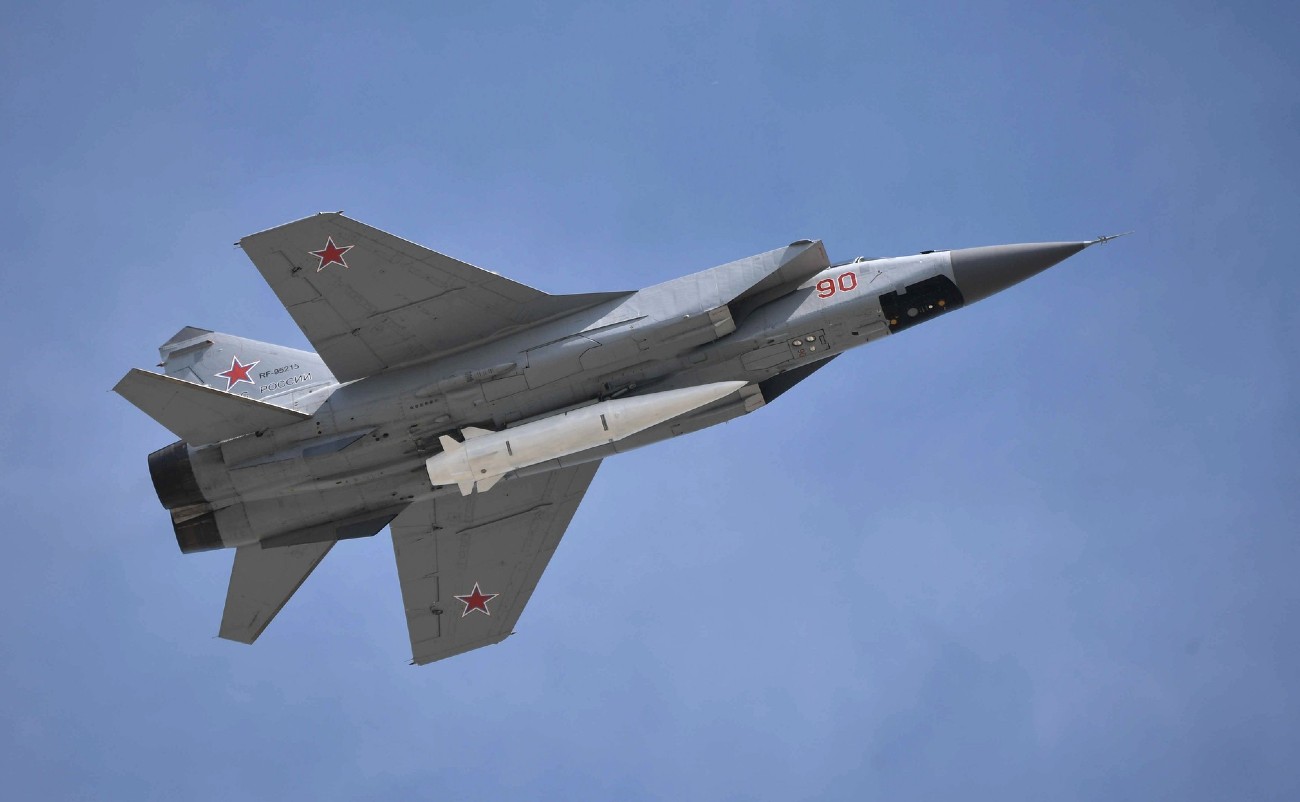According to Russian Defence Minister Sergei Shoigu, the Russian Armed Forces will receive the first samples of the highly anticipated next-generation S-500 air defense missile system this year.
The Russian Defence Minister’s announcement, reported by the state-owned news agency TASS, signals a significant advance in Russia’s military capabilities.
Shoigu outlined that the S-500 system will be delivered in two variations: long-range air defense missile systems and anti-missile defense complexes.
This revelation comes along with the planned supply of other defense systems, including S-400 and S-300V4 air defense missile systems, Buk-M3 and Tor-M2U missile systems, and next-generation radar stations.
The S-500, known as the Prometheus air defense system, is being developed by the Almaz-Antey Air and Space Defense Corporation. It is designed to neutralize a wide array of threats posed by both current and future aerospace technologies across various altitudes and speeds.
The development of the S-500 commenced in 2010, following the successful deployment of Russia’s S-400 system in 2007. The system’s design was initially completed in 2011, but its serial production has been subject to multiple delays, with the latest projection for serial production now set for 2025.
Despite these setbacks, the S-500 promises to be a game-changer, reportedly capable of countering fifth-generation aircraft, low-orbit satellites, and a spectrum of missile threats.
While the delays in the S-500’s induction have raised concerns, some experts have proposed that Russia could intentionally be prolonging its production schedule to prioritize meeting the ongoing demand for the S-400 system, both domestically and internationally.
Moscow has been actively promoting the S-400 for export, securing contracts with several countries worldwide. Meanwhile, the S-500 has undergone rigorous testing to validate its capabilities.
In May 2018, Russia conducted what was touted as “the world’s longest surface-to-air missile test,” demonstrating the system’s prowess by successfully striking a target nearly 482 kilometers (300 miles) away.
Further, earlier this year, reports indicated that the S-500 had effectively tracked and intercepted hypersonic targets, highlighting its flexibility and suitability in a changing security environment.
S-500 Prometheus Air Defense System
Russia has hailed the S-500 anti-aircraft missile system as one that remains unmatched globally, highlighting its capacity to effectively counter a broad spectrum of current and future aerial threats posed by potential adversaries spanning various altitudes and speeds.
One of the system’s standout features is its purported ability to neutralize threats across different altitudes and speeds.
Also, its high resilience to electronic interference enhances its survivability in challenging combat scenarios, ensuring its effectiveness even in the face of sophisticated electronic warfare tactics.
Designed as a successor to the aging A-135 missile systems currently in operation, the S-500 is slated to complement Russia’s existing S-400 systems, forming a comprehensive defense network.
Its deployment aims to safeguard critical administrative and industrial hubs within Russia, bolstering national security infrastructure against airborne threats.

Like its predecessors in the Russian air defense arsenal, the S-500 showcases adaptability as its core feature. The system is capable of launching various types of missiles tailored to specific threats and operational requirements, further enhancing its versatility and efficacy in countering evolving airborne dangers.
According to details provided by the Center for International and Strategic Studies, the S-500 comprises four 40N6M long-range surface-to-air missiles or two 77N6 interceptors mounted on a launch vehicle.
Among its key features are its long-range missile capabilities. The 40N6M long-range missiles have a remarkable reach of up to 400 kilometers, while the 77N6 series interceptors boast an even greater range—they are capable of reaching approximately 600 kilometers.
The S-500 is equipped with a sophisticated radar complex consisting of four radar vehicles per battery. This includes the 91N6E(M) S-band acquisition radar, the 96L6-TsP C-band acquisition radar, the 76T6 multi-mode engagement radar, and the 77T6 anti-ballistic missile engagement radar.
These cutting-edge radar systems enable the S-500 to detect both ballistic and airborne targets at remarkable distances, with capabilities extending up to 2,000 kilometers for ballistic targets and 800 kilometers for airborne threats.

The Kremlin has made a notable claim that the S-500 is the sole weapon capable of intercepting Russia’s Kinzhal “hypersonic” missiles. The Kinzhal, an air-launched ballistic missile, poses a significant challenge due to its hypersonic speeds and maneuverability.
However, Kyiv claimed to have shot down these missiles with its American-designed Patriot system in the ongoing war with Ukraine. Nonetheless, it remains to be seen exactly when the Russian military will receive the first samples this year.
- Contact the author at ashishmichel(at)gmail.com
- Follow EurAsian Times on Google News




